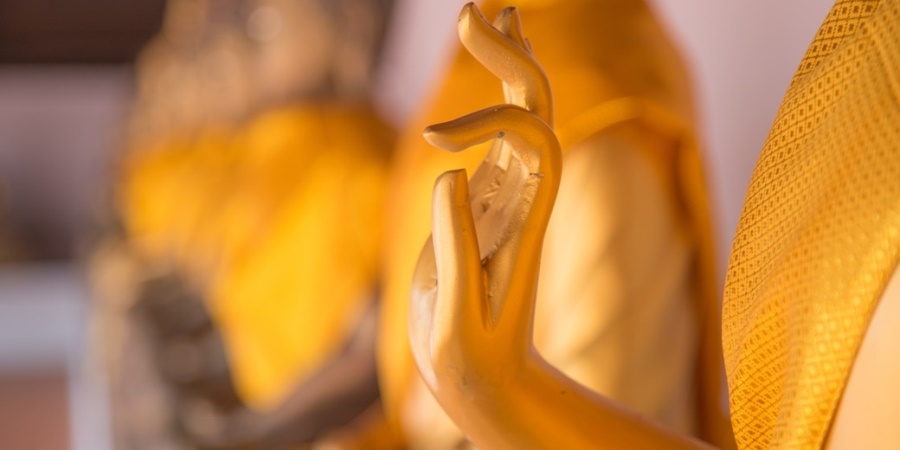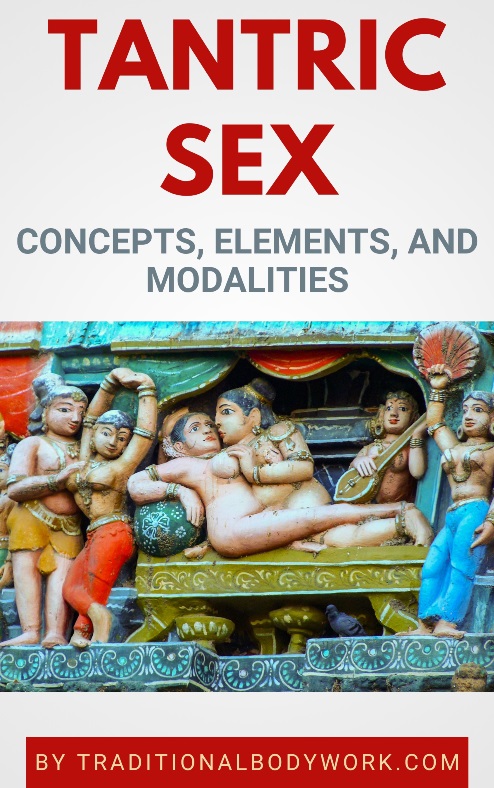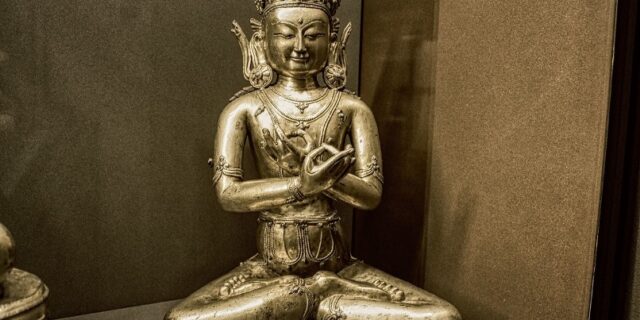
As a Yogic practice, Tantra Yoga (or Tantric Yoga) is considered one of the origins of traditional Hatha Yoga and combines a variety of other Yoga styles and methods, such as Kundalini Yoga, Bhakti, Karma, and Raja Yoga.

Although today Tantric Yoga is often depicted as a kind of Couples Yoga or Partner Yoga, it was and is also practiced alone.
Tantra Yoga techniques include the use of yoga asanas (poses and positions), mantras, mudras, bandhas (energy locks), Breathwork, meditation, chanting, and chakra energy work to promote strength, clarity, and bliss in everyday life and overall physical and moreover, spiritual well-being.
Yet, Tantra Yoga is much more than techniques alone; it is part of Tantra practices and a broad philosophical and religious system — a way of life — including astrology, cosmology, morality and ethics, sexuality, spirituality, self-realization, and Ayurveda, among many other topics.

When Tantra Yoga was introduced to the West in the nineteenth century, it became quickly known as a sexual-spiritual practice to deepen connection and intimacy. The interest in Oriental spirituality and the sexual revolution of the late 1960s in the West, popularized Tantra through the Neo-Tantra movement increasingly positioning Tantra as a yogic tool for sex.
Certainly, Tantra as a sacred sexuality and sexual healing practice has its place in ancient Indian tantric teachings, but rather as a sexual-spiritual tandem emphasizing universal creative energy and sexual union that symbolizes oneness-in-duality.
In short, to position Tantra Yoga only as a set of techniques for sex and interpersonal intimacy is a distortion of a vast and complicated system that primarily aims at Spiritual Enlightenment or Moksha.
















